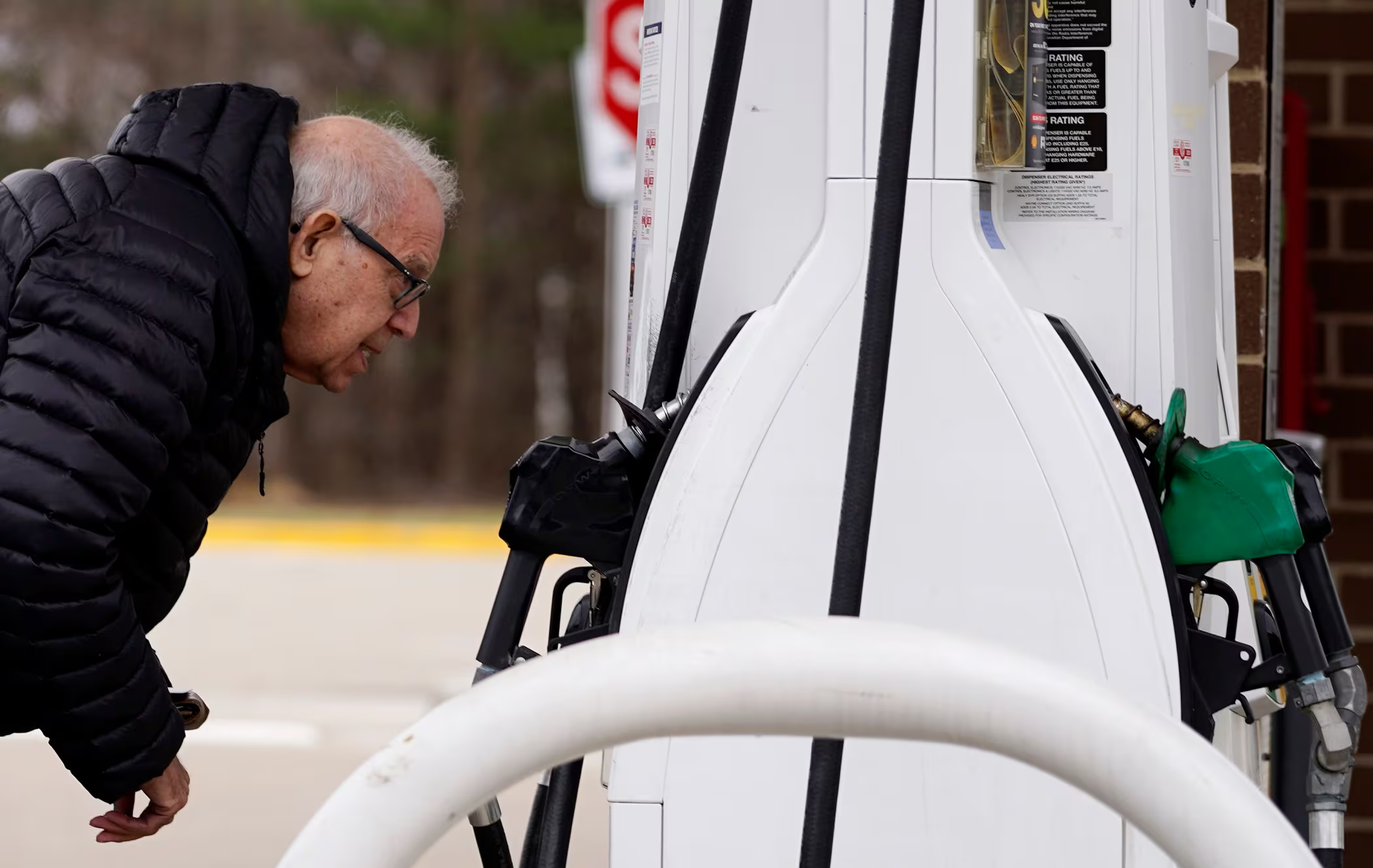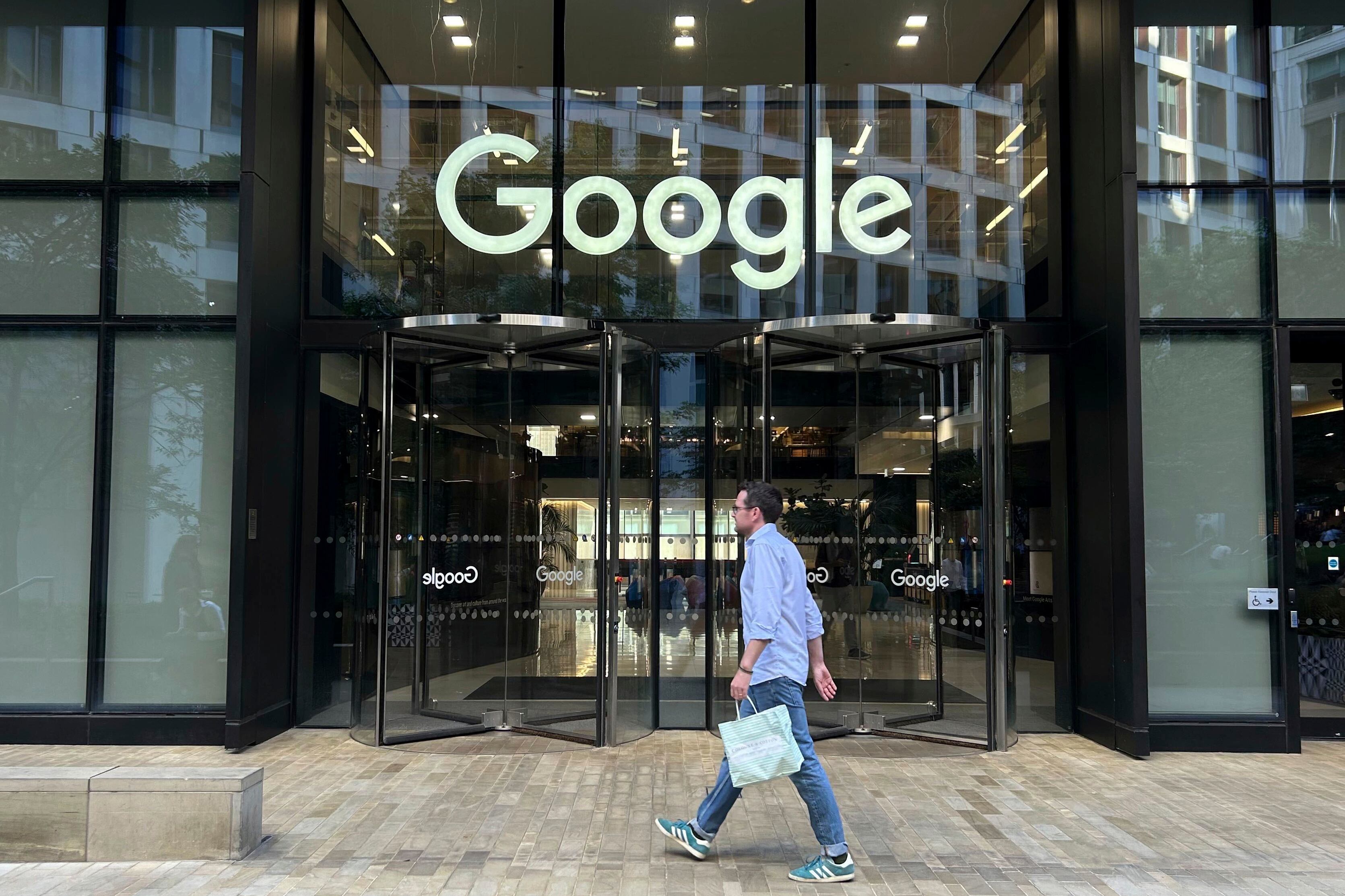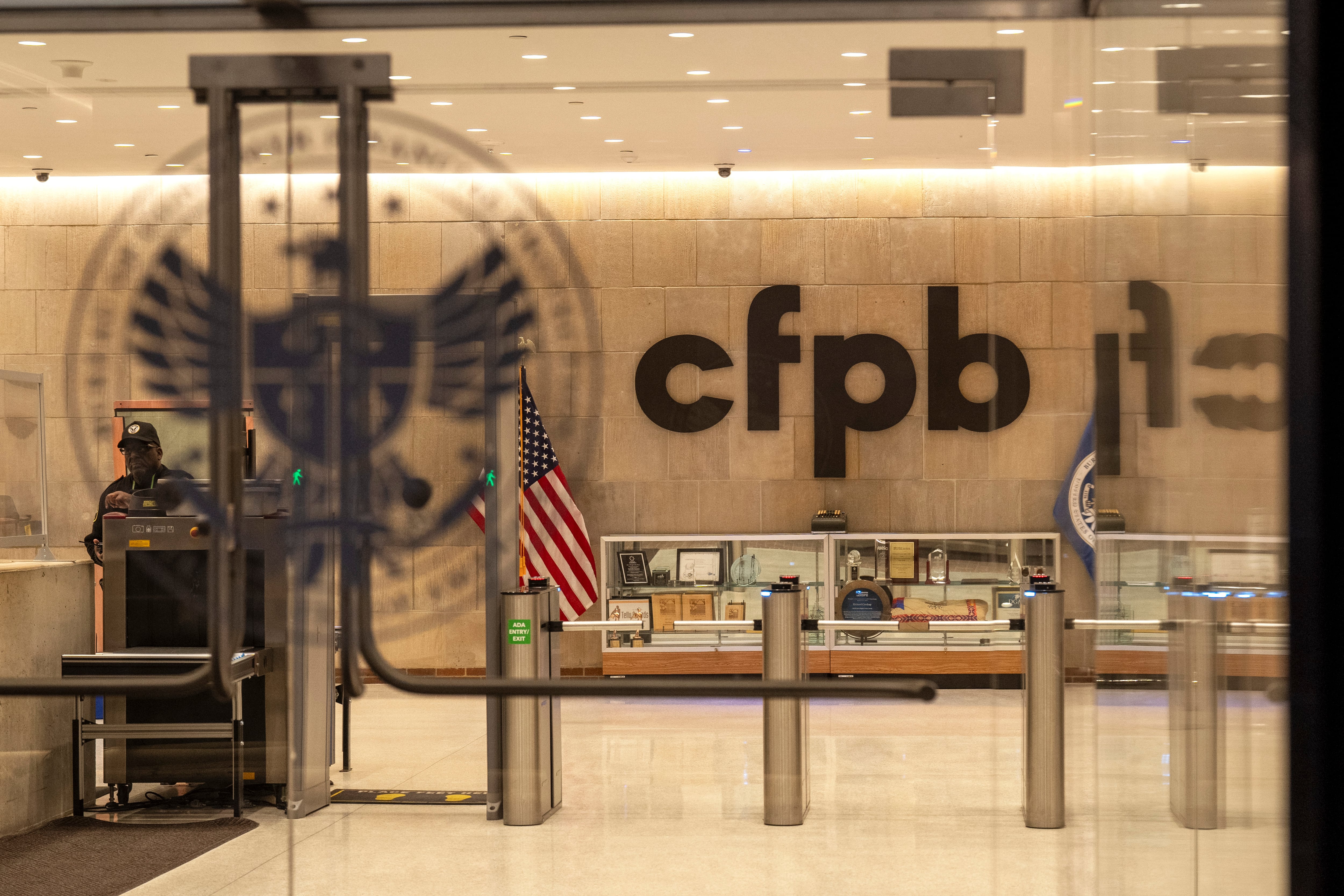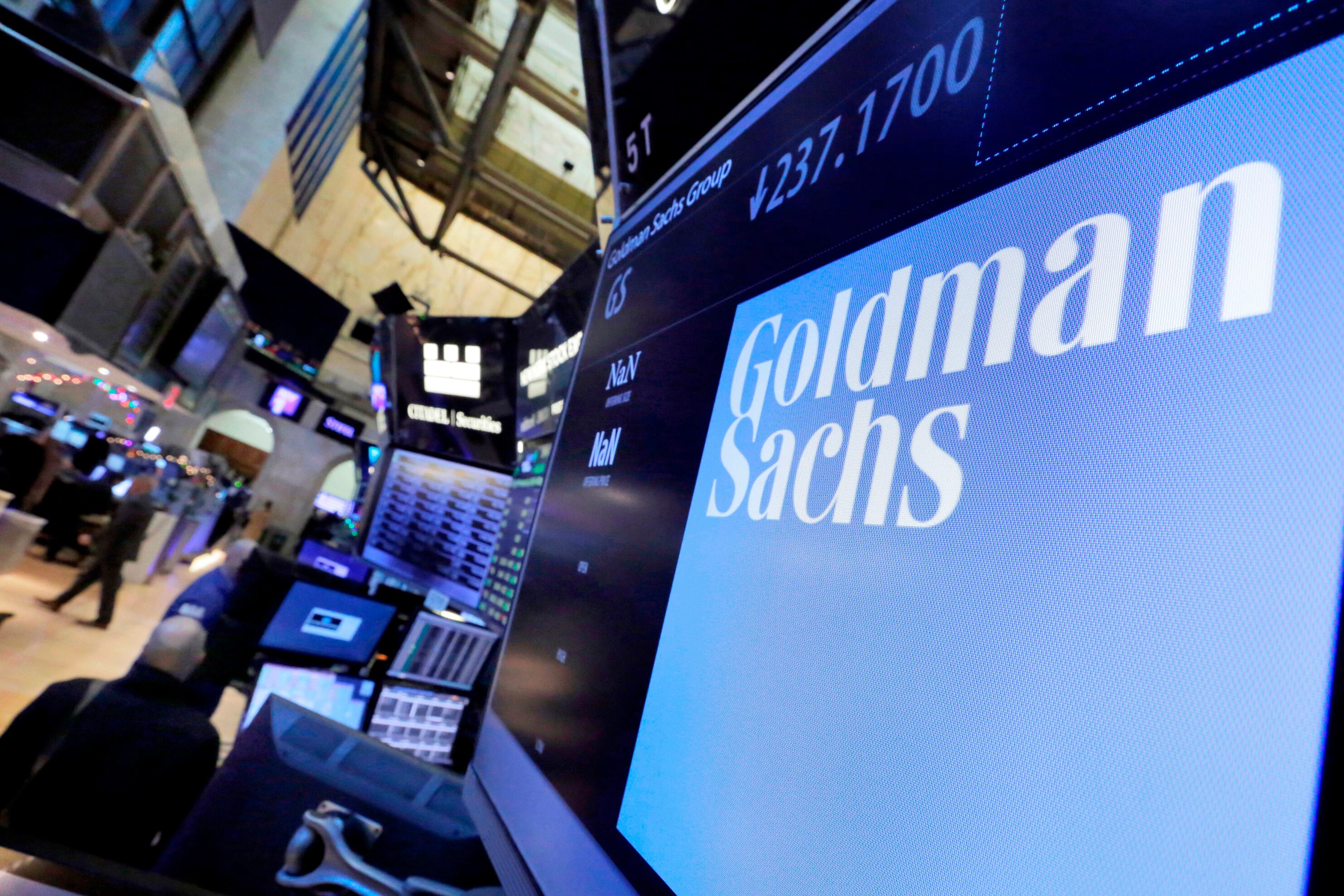Mortgage rates, credit card rates, auto loan rates, and business loans with variable rates will all likely maintain their highs, with consequences for consumer spending, after the Federal Reserve indicated Wednesday that it doesn’t plan to cut interest rates until it has “greater confidence” that price increases at the consumer level are slowing to its 2% target.
The central bank kept its key rate at a two-decade high of roughly 5.3%, where it has been since last August.
Here’s what to know:
WHAT DOES THIS MEAN FOR BORROWERS?
Credit card rates are at or near all-time peaks, and mortgage rates have more than doubled in recent years.
According to LendingTree, the average credit card interest rate in America today is 24.66%, unchanged from last month, though that rate has risen for 24 of the last 26 months.
“That isn’t likely to fall anytime soon, despite the Fed taking its foot off the gas,” said LendingTree Credit Analyst Matt Schultz. “That’s likely the unfortunate reality for the next several months.”
In the battle against credit card debt, 0% balance transfer cards “are still your best weapon,” according to Schultz, but “they’re getting harder to get and their fees are rising.”
With delinquencies and debt totals also increasing for consumers, some banks are becoming more hesitant about taking on transferred balances, he said, meaning consumers will need good credit to get approval.
WHAT’S IN STORE FOR SAVERS?
Yields on savings accounts and certificates of deposit (CDs) have been hovering at high levels, thanks to the Fed’s increased interest rates, according to Ken Tumin, banking expert and founder of DepositAccounts.com. That said, “several banks have been lowering deposit rates (with the) expectation that the Fed will start cutting rates at some point this year.”
Certificate of deposit rates have been the first to fall, and a few online banks have also started lowering online savings account rates. Ally Bank dropped its rate to 4.25% from 4.35% and Discover to 4.25% from 4.30%.
Even so, most online banks held their online savings account rates steady in 2024, and several online banks still offer yields of 5.25%. The highest online yield is currently 5.55%, with the average online 1-year CD yield 4.94% as of April 1st, according to DepositAccounts.com.
Tumin notes that “brick-and-mortar bank deposit rates continue to be slow in their movement higher,” saying that while their average rates have gone up sharply in the last year, “they are still very low compared to online rates.”
The average savings account yield for all banks and credit unions, of which the vast majority are brick-and-mortar, is 0.52% as of April 24th.
WHAT ABOUT MORTGAGES?
The Fed doesn’t directly set mortgage rates, but it does influence them. The bond market, inflation, and other factors all contribute to the high mortgage rates currently facing consumers.
The average rate on a 30-year, fixed-rate mortgage recently rose to above 7% for the first time since November. LendingTree Senior Economist Jacob Channel notes that mortgage rates can shift even as the Fed holds its benchmark rate steady, and that consumers should consider many economic data points before deciding to take on a mortgage.
“Even in the face of relatively steep mortgage rates and high prices, now could still be a good time to buy a home,” he said. “Timing the market is virtually impossible... In that same vein, there are a lot of people who won’t be able to buy until the market becomes cheaper.”
High shelter and rent costs have contributed to steep inflation in recent months.
A Bankrate study found that renting is cheaper than buying a typical home in all 50 of the largest U.S. metro areas. As of February, the typical monthly mortgage payment on a median-priced home in the U.S. was $2,703, while the typical national monthly rent was $1,979. That’s a nearly 37% gap between the costs of renting and buying a home.
“While it would be nice if the Fed could fix everything on its own, it probably can’t, at least not without causing a great deal of weeping and gnashing of teeth,” said Channel.
I NEED TO BUY A CAR. WHAT’S THE OUTLOOK FOR AUTO LOANS?
While vehicle prices have steadied through late 2023 and early 2024, Bankrate Chief Financial Analyst Greg McBride predicts that high interest rates on auto loans will linger for those with weak credit profiles. Borrowers with stronger credit may see more competitive rates, but the Fed’s decision will continue to make auto loans expensive, even if vehicle prices decline. The average car loan hasn’t been this pricey since 2008.
McBride predicts five-year new car loan rates will reach an average of 7.0% and four-year used car loans, 7.5% by the end of 2024.
In the past year, borrowers have faced especially expensive monthly payments due to high interest rates, and auto loan delinquency reached its highest rate in nearly thirty years. The average monthly car loan payment was $738 for new vehicles and $532 for used ones in the fourth quarter of 2023, according to credit reporting agency Experian.
New vehicles cost an average of $47,218 in March 2024, according to Kelley Blue Book, a price that, combined with high interest rates, pushes many buyers out of the market for new cars.
IS THE FED MAKING PROGRESS ON SLOWING INFLATION?
Not as quickly as it would like.
Several recent reports on prices and economic growth have undercut the Fed’s belief that inflation was steadily easing.
“Inflation has shown a lack of further progress toward our 2% objective,” said Chair Jerome Powell.
While inflation has cooled from a peak of 7.1% to 2.7%, average prices remain well above pre-pandemic levels, and the costs of services continue to grow — including for rents, health care, restaurant meals, and auto insurance.









